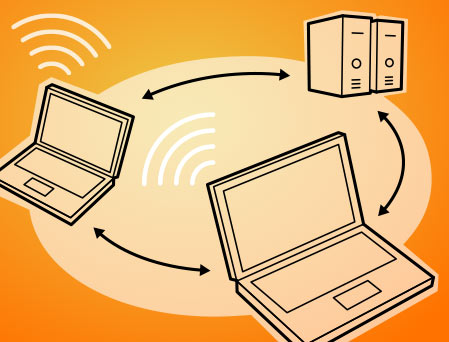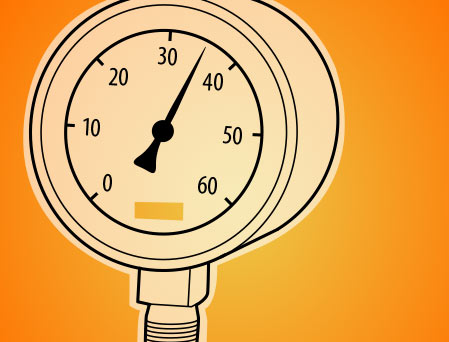SIMONE offers various simulation engines that seamlessly work together using the same data structures and user interface.
Steady-State Simulation Engine. It assumes all hydraulics be constant in time. This implies the system is balanced, i.e. the supply flows match the offtakes.
Transient Simulation Engine. It models time-varying hydraulics that are induced e.g. by changes of supplies and offtakes, set points, valve positions, and arbitrary events (e.g. compressor start-up/shut-down, pipe ruptures).
State Reconstruction Engine. It is a transient simulation driven by measurements. State Reconstruction estimates the probable system state by exploiting the redundancy of information (e.g. pressure measurements) and knowledge about the statistics of meter tolerances.
These simulation engines employ a number of Model Equations:
Flow Equations. SIMONE models pipeline flows, pressures and temperatures by a set of three partial differential equations. They express the conservation laws of physics for mass, momentum, and energy. For solving the partial differential equations, SIMONE employs its proprietary explicit integration method optimized for large-scale gas networks.
Frictional Pressure Drop. SIMONE offers several industry standard friction-factor formulae within the Darcy-Weisbach equation that describes the frictional pressure drop used in the momentum equation.
Equation-of-State. SIMONE accounts for the gas compressibility by offering a wide range of selectable equations-of-state, including SGERG, GERG2004 and AGA8DC92.
Thermodynamic Gas Properties. SIMONE provides various methods to calculate specific heat, isentropic exponent, Joule-Thomson coefficient, and viscosity. These parameters enter into calculating pipeline flow, compression, pressure reduction, and heat exchange.
Gas Tracking. SIMONE tracks Gas Parameters, like composition and properties, en route from the supplies to the off take locations. The software accounts for gas blending inside the network.
State Reconstruction. SIMONE State Reconstruction estimates the likely system state based on real-time measurements and their nominal accuracies.
Optimization. SIMONE optimizes e.g. the network-wide costs of gas compression within constraints. Control variables are the on/off commitments and the set points of the compression units.
Hydrate Formation. SIMONE evaluates the three-phase equilibrium gas, free water, and hydrate. The software identifies the pipeline sections where free water and gas hydrates may form.








